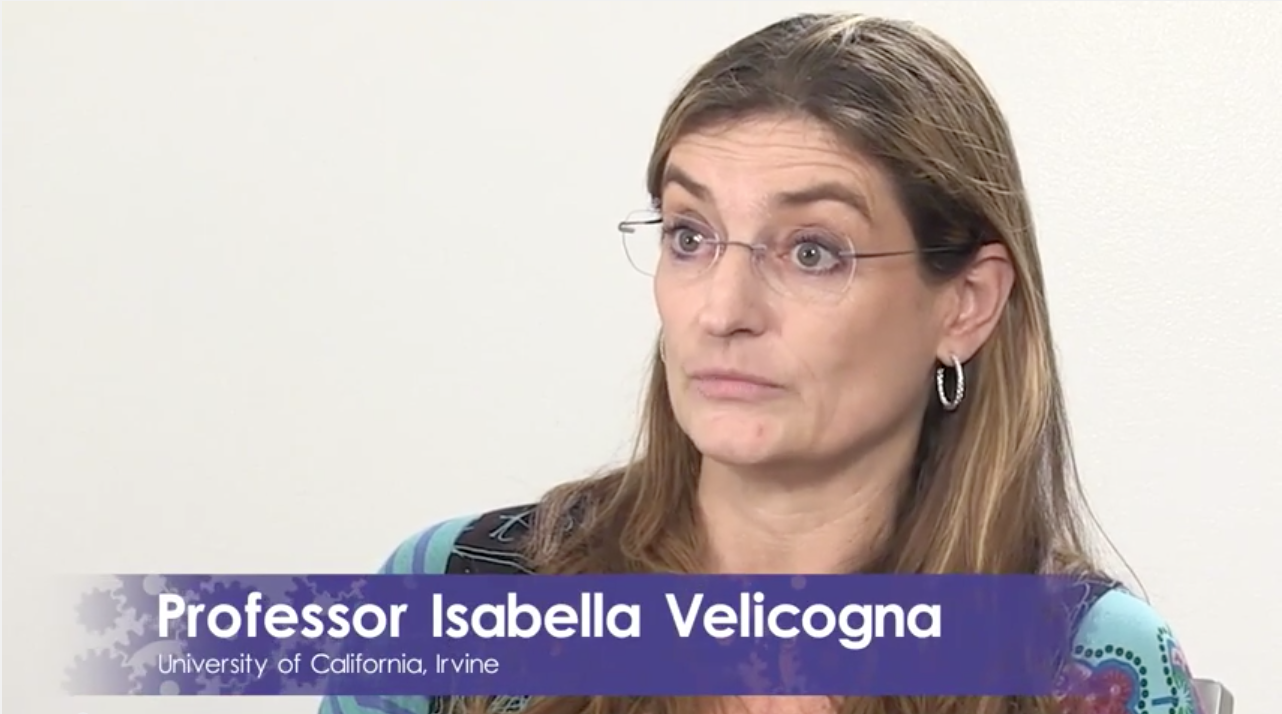A recent paper by James Hansen dealing with what humanity risks if it can’t keep total global warming below 2°C .
- http://thinkprogress.org/climate/2015/07/27/3684564/james-hansen-climate-danger-hyper-anthropocene/-/
- http://www.washingtonpost.com/news/energy-environment/wp/2015/08/14/what-live-peer-review-looks-like-when-the-planet-is-at-stake/
- http://www.washingtonpost.com/news/energy-environment/wp/2015/08/20/scientists-are-still-trying-to-figure-out-how-fast-we-could-lose-west-antarctica/
Read the entire publication at:
Find more details at:
- http://thinkprogress.org/climate/2015/07/27/3684564/james-hansen-climate-danger-hyper-anthropocene/-/
- http://www.washingtonpost.com/news/energy-environment/wp/2015/08/14/what-live-peer-review-looks-like-when-the-planet-is-at-stake/
- http://www.washingtonpost.com/news/energy-environment/wp/2015/08/20/scientists-are-still-trying-to-figure-out-how-fast-we-could-lose-west-antarctica/




